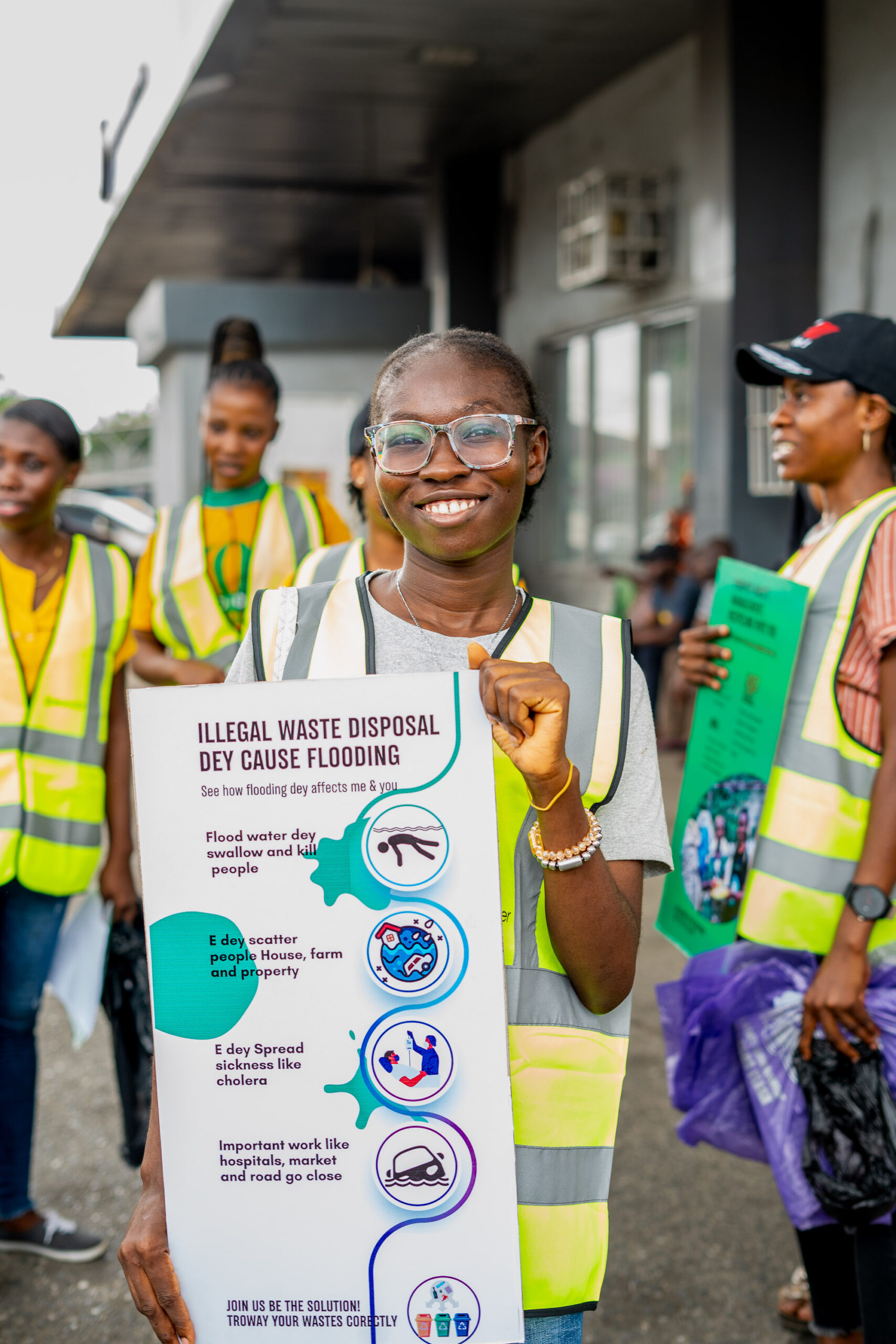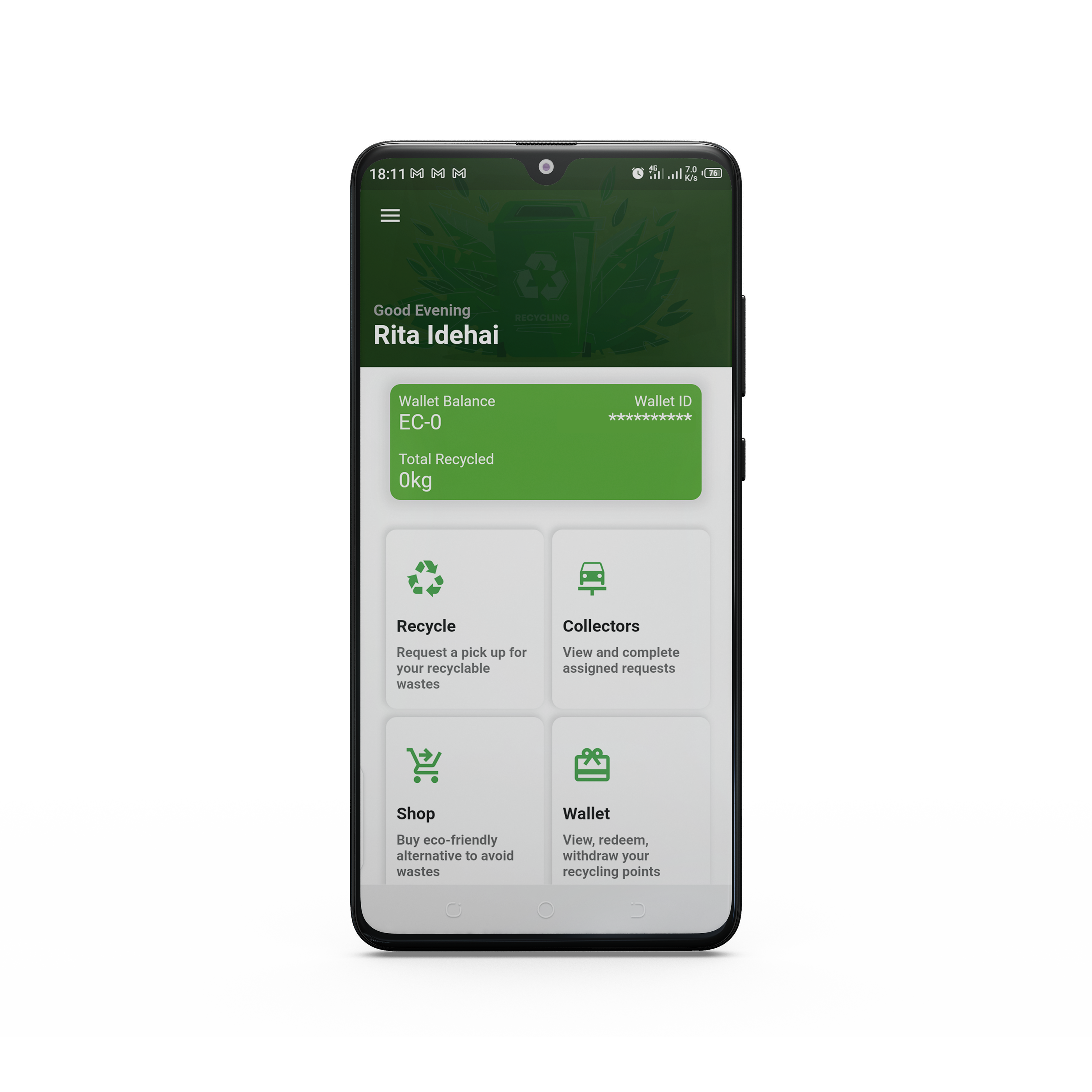In the heart of our vibrant African community, we stand at a pivotal moment. The world around us is changing, and it’s changing fast. Climate change has become an undeniable reality, affecting every corner of the globe, including our beloved homeland. The signs are all around us – changing weather patterns, unpredictable rainfall, prolonged droughts, and more frequent extreme weather events. The time to act is now.
Welcome to a journey of empowerment, resilience, and collective action. In this post, we’ll embark on a path toward leading climate adaptation in our local communities in Africa. We recognize the unique challenges we face, but we also see the incredible potential for positive change. Together, we can safeguard our environment, protect our livelihoods, and build a sustainable future for generations to come.
Climate change poses significant challenges to communities worldwide, and African regions are particularly vulnerable to its impacts. As a leader in your local community, you can play a vital role, in guiding climate adaptation efforts to protect the environment and the well-being of your community members. This comprehensive guide will outline steps you can take to lead climate adaptation initiatives effectively.
Throughout this guide, we will be sharing case studies and success stories from my community in Africa that we have successfully implemented climate adaptation measures. We’ll discover how to assess our vulnerabilities, raise awareness, forge partnerships, and create a roadmap for sustainable change.
Remember that leading climate adaptation in your community is a long-term commitment; so, adapt strategies as the local climate continues to change. By taking proactive steps, your community can become more resilient to the challenges posed by climate change and serve as an example for others to follow.
So, let’s begin this transformative journey together, hand in hand, heart to heart, as we take the lead in climate adaptation and build a brighter, more sustainable future for our community and our beloved continent, Africa.
Step 1
Assess Local Climate Risks and Vulnerabilities
Start your assessment by collecting and gathering data could be local climate data, weather patterns, rainfall, temperature trends, and extreme weather events. You can always collaborate with environmental organizations to gather this information.
Identify vulnerable areas within your community that are most vulnerable to climate change impacts, such as low-lying communities prone to flooding, drought-prone areas, or those at risk of wildfires or wash-offs.
Step 2
Engage Stakeholders
Community Outreach: Host community meetings and workshops to raise awareness about climate change and its potential impacts; this has to be done properly as it holds an integral part of the success of your efforts. This is where the host community comes to terms with accepting your engagement and owning it. Engage community members, local leaders, NGOs, and government agencies.
Form Partnerships: Collaborate with local organizations, government bodies, and international agencies to access resources, expertise, and funding for your work.
Step 3
Develop Your Plan
Assessment Report; compile the data and insights gathered in Step 1 into a comprehensive assessment report. This should include a risk assessment, vulnerability analysis, and a projection of future climate impacts.
Set Priorities; identify the most urgent climate needs within your community. Prioritize initiatives based on potential impact and based on the feasibility you have gathered.
Step 4
Implement Your Strategies
In this implementation phase, there could be different projects or initiatives you can come up with, depending on the peculiarity of the community and the assessment you had gathered prior to the implementation phase.
Highlighted below are some key and basic strategies that can be implemented in communities in Africa due to the peculiarities of flooding and loss of biodiversity due to deforestation:
Ecosystem Restoration; this can be a highly beneficial and impactful endeavor, although it requires consistency and effective monitoring. Biodiversity restoration not only helps protect the environment but can also provide economic and social benefits in the community if well monitored. One can always invest in reforestation and sustainable land management practices to restore ecosystems and protect against erosion and flooding.
Waste Management initiative; implementing a waste management project with a climate adaptation focus not only helps mitigate environmental impacts but also builds community resilience to the changing climate. This initiative can be setting up waste collection points, recycling centers or composting facilities as needed, and ensure that these facilities are accessible and convenient for the community.
Another component in establishing a waste management strategy is providing training to community members on proper waste management and sustainable practices. These should include waste separation, recycling, and composting. All these can promote awareness of climate change impacts and the role of waste management in adaptation. Also encourage the host community to take ownership of the waste management project by involving them in decision making and implementation.
Water Management: Develop water conservation strategies, build rainwater harvesting systems, and improve irrigation techniques to address water scarcity issues.
Agricultural Adaptation: climate change poses significant challenges to agriculture, particularly in Africa, where many people depend on farming for their livelihoods. Climate smart agriculture involves implementing practices that helps farmers adapt to changing climate conditions while also mitigating greenhouse gas emissions. This can also involve promoting crop diversification, and the use of drought-resistant crop varieties.
Step 5
Education and Capacity Building
Training Programs: Organize workshops and training sessions for community members on sustainable living.
Youth Engagement: Involve local schools and youth groups in climate adaptation projects to raise awareness and build a generation committed to environmental stewardship.
Step 6
Monitoring and Evaluation
Data Collection: Continuously monitor the progress of adaptation initiatives and collect data on their effectiveness.
Review: Periodically review and update the adaptation plan based on new data and changing climate conditions.
Step 7
Advocacy and Policy Support
Advocate for Change: Work with local and national policymakers to advocate for climate-resilient policies and regulations.
Access Funding: Seek funding from government grants, international donors, and climate finance mechanisms to support your community’s adaptation efforts.
Step 8
Communication and Outreach
Communicate Success: Share success stories and the positive impacts of climate adaptation initiatives with the community.
It’s time to go ahead and take action.









